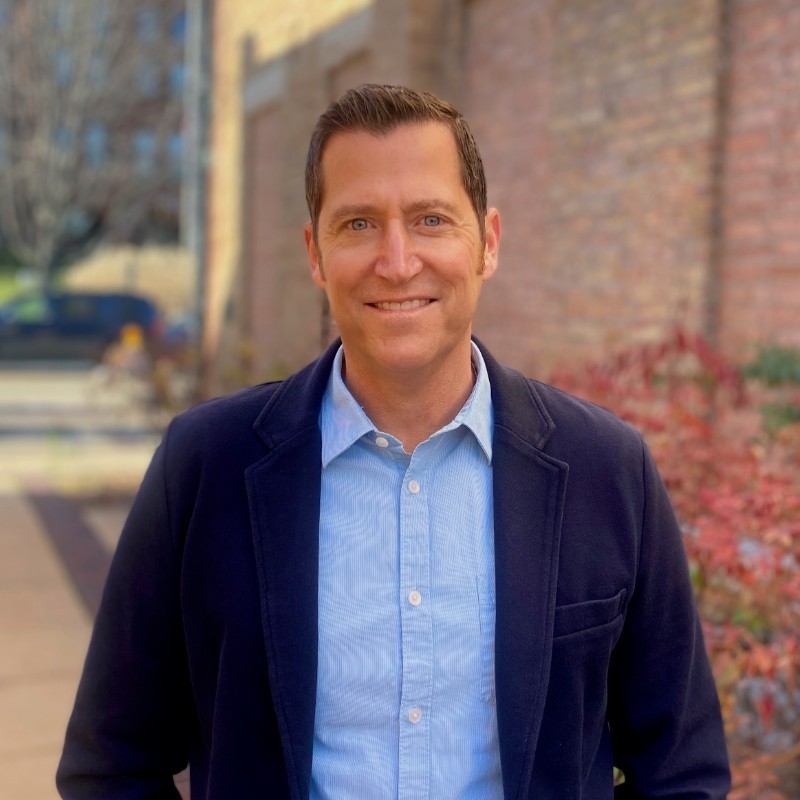The auto insurance market is in turmoil. Insurers are not only dealing with soaring repair costs and pushback about rising rates but are facing core uncertainties about how quickly electric vehicles will gain share and when autonomous vehicles will really take hold. That last is an existential issue for personal auto insurance, because drivers don't need insurance if they aren't driving; liability will lie with the makers and operators of the autonomous vehicles.
In this kind of tumult, it can be hard to separate the signal from the noise.
I'm here to tell you that Elon Musk's recent promise of a major announcement on robotaxis in August is just noise.
There are two reasons I can make such a blunt statement: Musk's long history of overpromising on the autonomous capabilities of Teslas and the state of his technology. Let's start with the simple one: his history of overpromising.
When Musk says he'll unveil his robotaxi design on Aug. 8, it's important to step back and look at what else he's said over the (many) years.
In 2015, he promised Tesla shareholders that cars would be fully autonomous within three years. In January 2016, he doubled down via tweet: "In ~2 years, summon should work anywhere connected by land & not blocked by borders, eg you're in LA and the car is in NY." In other words, by roughly the beginning of 2018, you would be able to tell a car to drive to you in Los Angeles from New York City, and it would do so entirely on its own. In April 2017, during a TED talk, he confirmed that claim: “November or December of this year," he said, "we should be able to go from a parking lot in California to a parking lot in New York, no controls touched at any point during the entire journey.”
2018 came and went without any Teslas crossing the country on their own, but he was back at it in 2019, saying on a podcast: "I think we will be feature complete — full self-driving — this year. Meaning the car will be able to find you in a parking lot, pick you up and take you all the way to your destination without an intervention, this year." He told investors in April that year that "by the middle of next year, we’ll have over a million Tesla cars on the road with full self-driving hardware,” so reliable that the driver “could go to sleep.” He has said that owners of fully autonomous Teslas could just hit a button and make their cars available to others for a fee, so he was basically promising to have a one-million-vehicle fleet of Tesla robotaxis on the road ... by mid-2020.
You see where this is going.
Musk has toned down some of his promises in recent years, in the face of regulatory scrutiny and lawsuits by families of people who were killed while their Teslas were in Full Self-Driving mode. But if the old saying is, "Fooled me once, shame on you; fooled me twice, shame on me," then what would you say about people who let Musk fool them repeatedly for a decade?
You can decide Musk is for real this time on autonomy, if you like. I'll wait for proof.
And his general lack of credibility on the issue is only half the problem. The other is that his technology just doesn't measure up.
As far back as 2013, when I published a book on driverless cars with Chunka Mui, we argued that Tesla was taking too limited an approach to the technology. It was using radar and cameras to track what was happening around the vehicle but wasn't using lidar (essentially a laser-based form of radar), as Google and others were. The Tesla approach was economical, because radar and cameras were inexpensive while lidar cost tens of thousands of dollars per vehicle. But the benefits of lidar seemed clear--it detects objects that can be hidden from radar and cameras by weather. And Chunka and I argued that lidar costs would follow the same curve that all electronics follow, as described by Moore's law (essentially, that costs drop 50% every two years or so). Sure enough, lidar now costs maybe $1,000 per vehicle, and prices are steadily dropping--but Tesla's AI isn't designed to incorporate information from lidar.
In fact, Tesla has headed in the other direction. In May 2021, Musk announced (against the advice of senior engineers) that he would stop using radar in his self-driving technology. His reasoning was that human drivers just rely on their eyes and their brains, so why did his AI need anything more than cameras? For good measure, he also stopped using sensors that detect objects within inches of a vehicle.
But think about how much trouble you have seeing well enough to drive in a rainstorm or snowstorm or perhaps at night, Wouldn't it be much safer to have inputs from radar and lidar, as well as your eyes (assuming your brain were wired to make instant sense of those inputs, as an AI can be trained to be).
Self-driving technology is really hard. How hard? Even Apple recently gave up after spending $10 billion on an autonomous vehicle project. But Musk is doing himself no favors by limiting the sensors in his vehicles. I'm not sure he ever gets to reliable self-driving of the kind he has been promising if he just uses cameras.
He's also kidding himself if he thinks he can quickly stand up a robotaxi operation. Think of all the intelligence that has to be built into a system that dispatches robotaxis--and that complexity increases by an order of magnitude if, as Musk has discussed, he wants Tesla owners to be able to volunteer their vehicles as robotaxis when not using them.
And the dispatch system is just the start of the complexities. Who is responsible for cleaning the car when kids are transported back from the beach all covered in sand? And how do you make sure that cleaning gets done before the car is sent to its next passengers? Who is liable if a car is used in a drug deal? Who plugs the car in if it runs out of charge before being returned to its owner?
I did some consulting for a major company on robotaxis in 2017-18 and can tell you that the list of complexities is extremely long.
Investors in Tesla are going to make whatever decisions they make, but I wanted to be sure that the hype about this robotaxi announcement didn't bleed into anyone's thinking in insurance. Yes, auto insurance is in turmoil, and, yes, autonomous vehicles are an existential threat to personal auto insurance (years from now), but whatever Musk says in August about robotaxis won't even cause a ripple. Ignore it.
Cheers,
Paul
P.S. As you think about what WILL have an effect on auto insurance, here is a smart piece from two McKinsey partners.






















